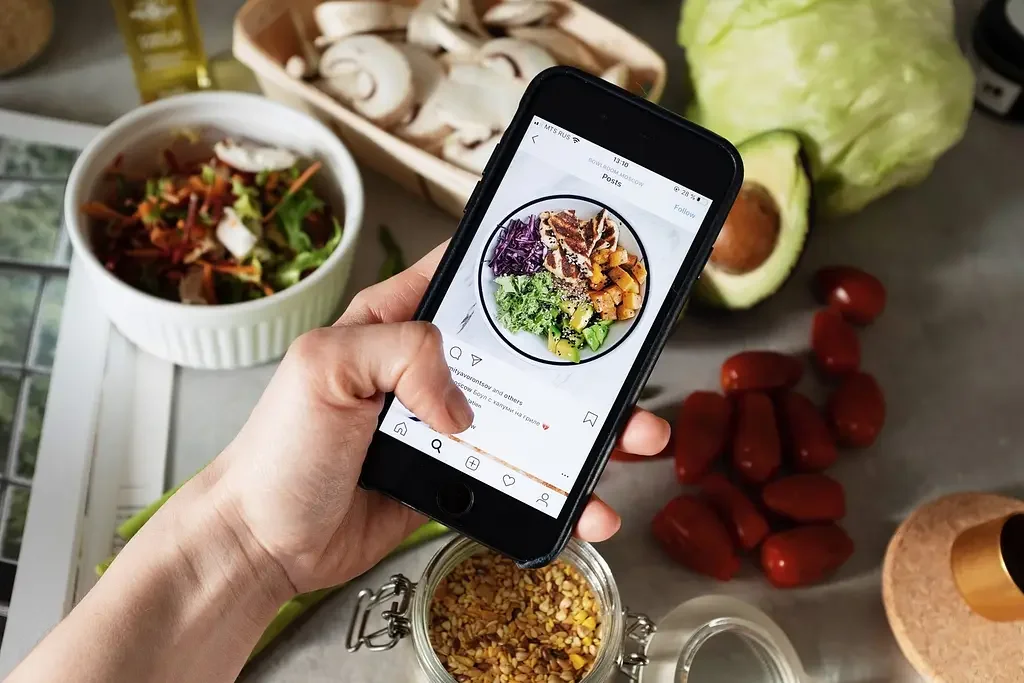“What I Eat in a Day”: Helpful Inspiration or Harmful Trend? How Social Media Shapes Nutrition Perception
~Written by Sanaa Whyte
Reviewed by Shannon Grant-Hailey, RD, CDN
Contents
What Is the “What I Eat in a Day” Trend?
Common Nutritional Blind Spots
Why Those Gaps Matter
How to Build a Realistic, Nutrient‑Rich Day
The Takeaway
1. What Is the “What I Eat in a Day” Trend?
These are videos that deliver easy ideas, structure, and are super shareable making them captivating content.
But while they’re visually compelling, they often water down nutritional depth for the sake of aesthetics.
Nutrish-style insight: we need to go beyond the plate and look at nutritional impact.
2. Common Nutritional Blind Spots
Incomplete Macronutrients: Many of these meals center around “protein bowls” or smoothies sometimes ignoring fats or complex carbs.
Micronutrient Gaps: It’s rare to see foods rich in iron, calcium, magnesium, zinc, or iodine featured intentionally.
Low Fiber Load: One-off meals often skip whole grains, legumes, seeds, or fibrous veggies.
Missing Fermented Foods: Gut health is essential but kimchi, sauerkraut, kefir, or miso rarely appear.
Timing and Frequency: Skipping breakfast or eating late can hinder energy, mood, and metabolic rhythm.
3. Why Those Gaps Matter
Iron, Calcium, Zinc – Can lead to decreased energy, hormone imbalances, and weaker immunity.
Fiber – Affects digestion, blood sugar regulation, and gut microbiome diversity.
Healthy Fats – Support hormone production, brain health, and nutrient absorption.
Diverse Plant Foods – Provide antioxidants, protect against disease, and keep your gut resilient.
Meal Timing – Skipping or delaying meals can cause energy crashes, cravings, and blood sugar spikes.
4. How to Build a Realistic, Nutrient‑Rich Day
Aim for balance in every meal: include protein (plant or animal), healthy fats, fiber, and complex carbs.
Add color: fill your plate with fruits, veggies, legumes, whole grains, and seeds different colors mean different nutrients.
Diversify weekly: aim to eat at least 30 different plant-based foods across meals for optimal gut health.
Include fermented foods daily or multiple times a week for digestion and immune health.
Mind meal timing: include breakfast and regular meals or snacks to support steady energy and blood sugar.
Feel free to flex: allow treats, cultural dishes, and “messy” meals just make sure your weekly nutrition feels supportive overall.
5. The Take Away
Inspiration? Yes. Prescription? No. Use “What I Eat in a Day” content as a starting point not your dietary blueprint. Healthy nutrition isn’t about perfection it’s about consistency, variety, and nourishment.
Want smart, accessible tips on building real meals and understanding your body’s needs?
Visit Nutrished for individualized support. We’re here for you.
Follow @nutrished.nutrition on Instagram where we always break down nutrition science so you can feel empowered not overwhelmed.
